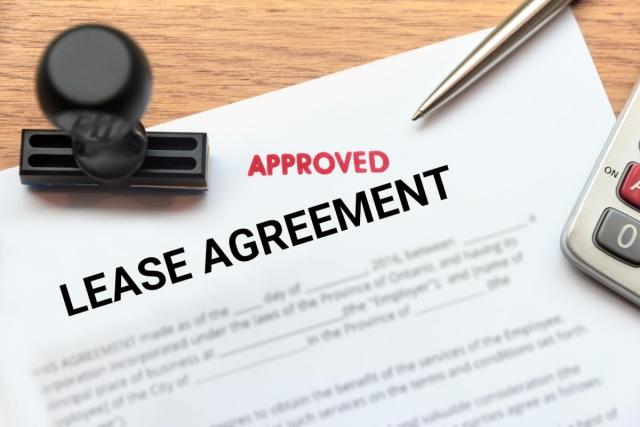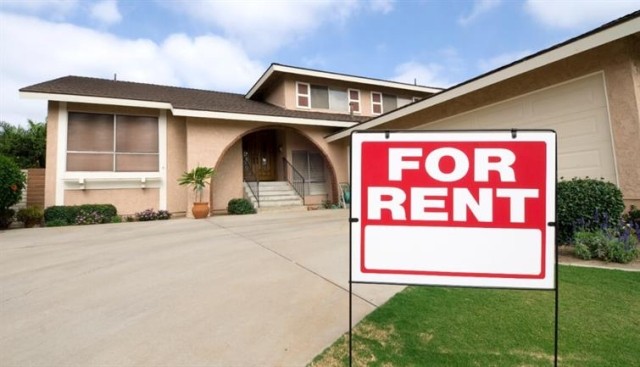So you’ve come to the end of your lease, and you’ve got your heart set on finding your new dream apartment. But it’s no easy feat to find a new rental before you’re supposed to be out of your current one. If you’re feeling a little panicked — and trust us we don’t blame you — then a month-to-month lease might be a perfect option. Don’t make the decision lightly; go in understanding everything about month-to-month leases.
- What is a month-to-month lease?
- Pros of a month-to-month lease
- Cons of a month-to-month lease
- How to switch to a month-to-month lease
What Is a Month-to-Month Lease?
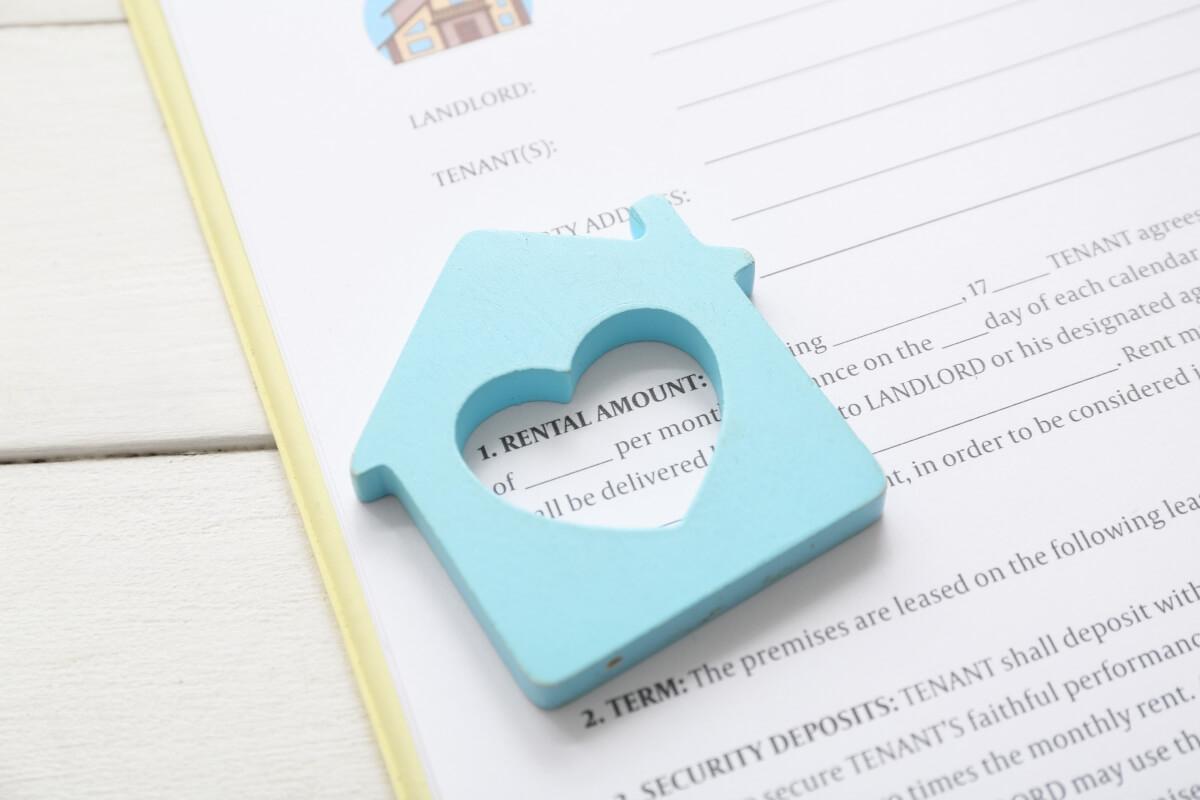
Most leases you enter will be a fixed term lease, meaning you’ve agreed to pay rent and reside at the property for the time stated in the lease, usually one or two years. When your lease expires, your landlord may offer a short-term lease instead of a long-term one. A month-to-month lease means there’s no set agreement on how long you’ll be living in the apartment, and you can leave whenever you want (with proper notice via a notice to vacate letter).
Is a month-to-month lease agreement for you?
When your lease ends, you might be offered a month-to-month agreement, or perhaps you’re considering a month-to-month rental but aren’t sure if it’s the right choice for you. How do you know if a month-to-month lease is right for you? Ask yourself:
- How long am I planning to stay in the area?
- Will I be able to afford the increased rent?
- Can I deal with the potential instability?
- How much do I want the flexibility that comes with month-to-month leases?
- What do I want out of a month-to-month lease?
Pros of a Month-to-Month Lease
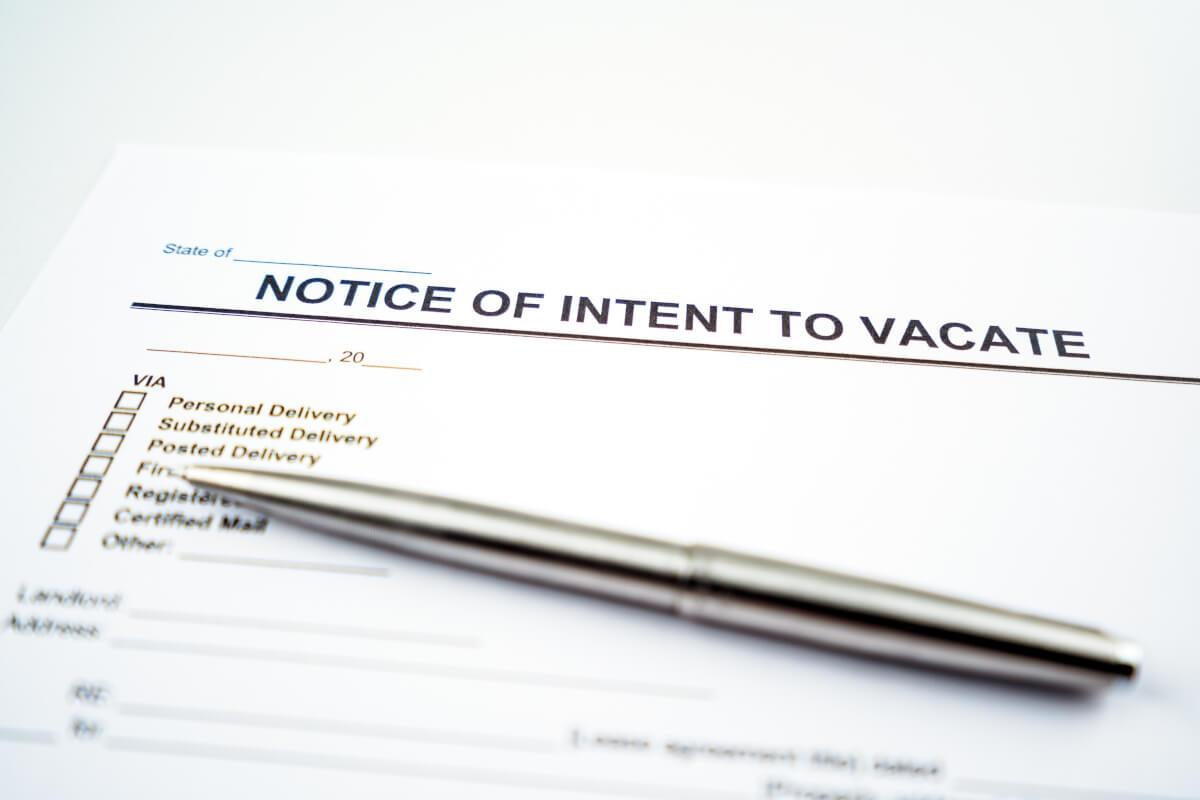
There are many advantages to a month-to-month lease and depending on your situation, they might outweigh the disadvantages.
Greater flexibility
With a month-to-month lease, you’re not locked in for a year as with a fixed term lease. Whether you move around because of work or are uncertain about your long-term plans, you aren’t committed to a long lease if you choose to rent month-to-month. Most month-to-month lease agreements require 30-day notice before vacating the property, make sure you check your individual lease and local laws.
Search for a new apartment
If you’ve ever shopped for a new apartment before, you know the stress of trying to time one lease ending with the start of a new one. Renting month-to-month can give you some peace of mind. No hard end date means you can shop for the perfect home without being worried about having nowhere to sleep.
Less penalties
If you break a month-to-month rental lease, usually, the consequences are less severe than if you broke a long-term lease. If you’ve already paid the rent for the month, your landlord might not mind if you move out early. However, it’s best to give proper notice as it avoids any complications. In some cases, you could get a prorated rent so you don’t have to pay for the entire month.
Cons of a Month-to-Month Lease
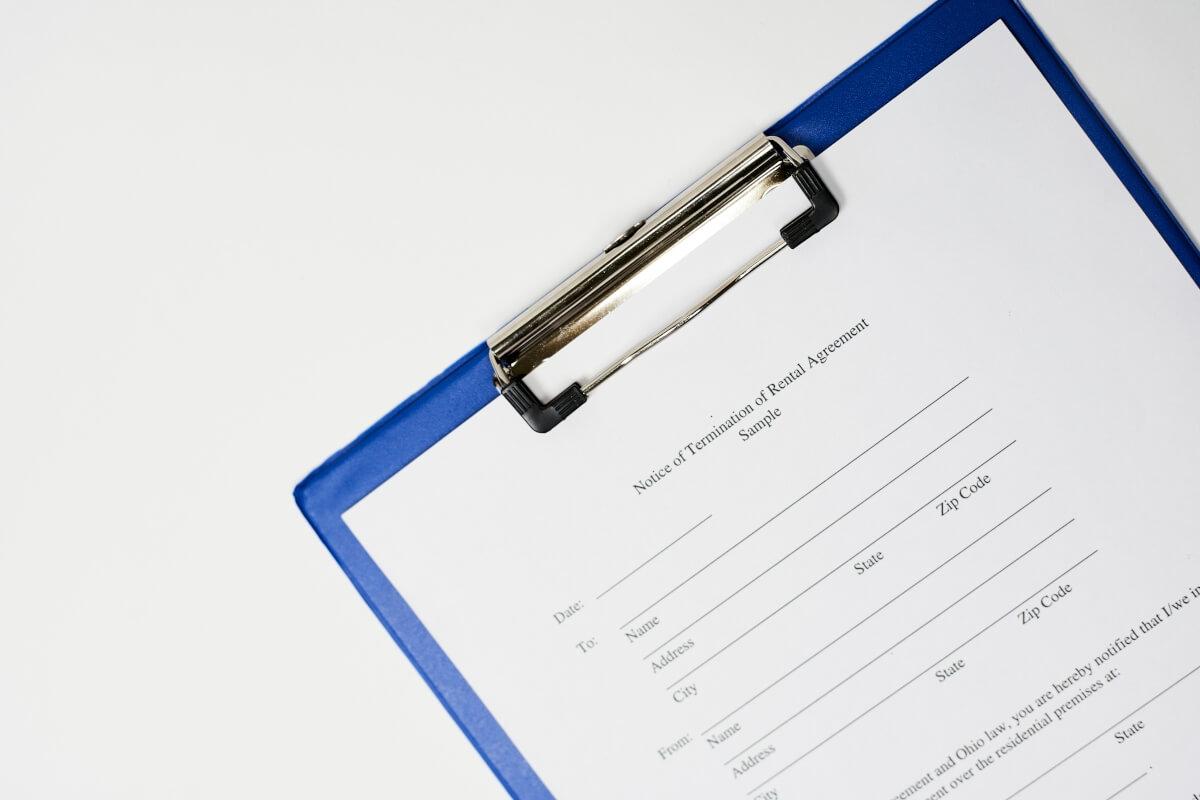
While renting month to month can be great for certain situations, there are disadvantages to a month-to-month lease.
Increased rent
While the freedom of a month-to-month contract is enticing, there’s a solid chance that your landlord will raise your rent if you move to this type of rental agreement. Unlike a fixed-term lease, they are able to increase your rent each month as long as they provide proper notice.
Because there’s no binding period and a greater chance that you’ll move out with less notice, your landlord needs to offset these potential risks by charging more rent. Month-to-month agreements are usually temporary, so if the uptick in rent is still within your budget, it’s not the end of the world.
No guaranteed housing
Unfortunately, you’re not the only one who can enjoy the flexibility a month-to-month lease affords you. As long as your landlord gives you proper notice in compliance with the law, they can terminate your lease. With the shorter terms of notice typically associated with these contracts, you may be put in a bind with little time to find a new place to live.
Your terms may change
Transitioning to a month-to-month contract may seem like a win-win, but make sure you read the fine print. A new lease agreement gives your landlord the ability to add additional fees or clauses that were never in your original lease.
No amenities or specials
Since you aren’t staying long-term and are more likely to move out, your landlord may be less willing to offer specials or amenities. These are typically used to entice renters to stay long-term or to lease.
How to Switch to a Month-to-Month Lease
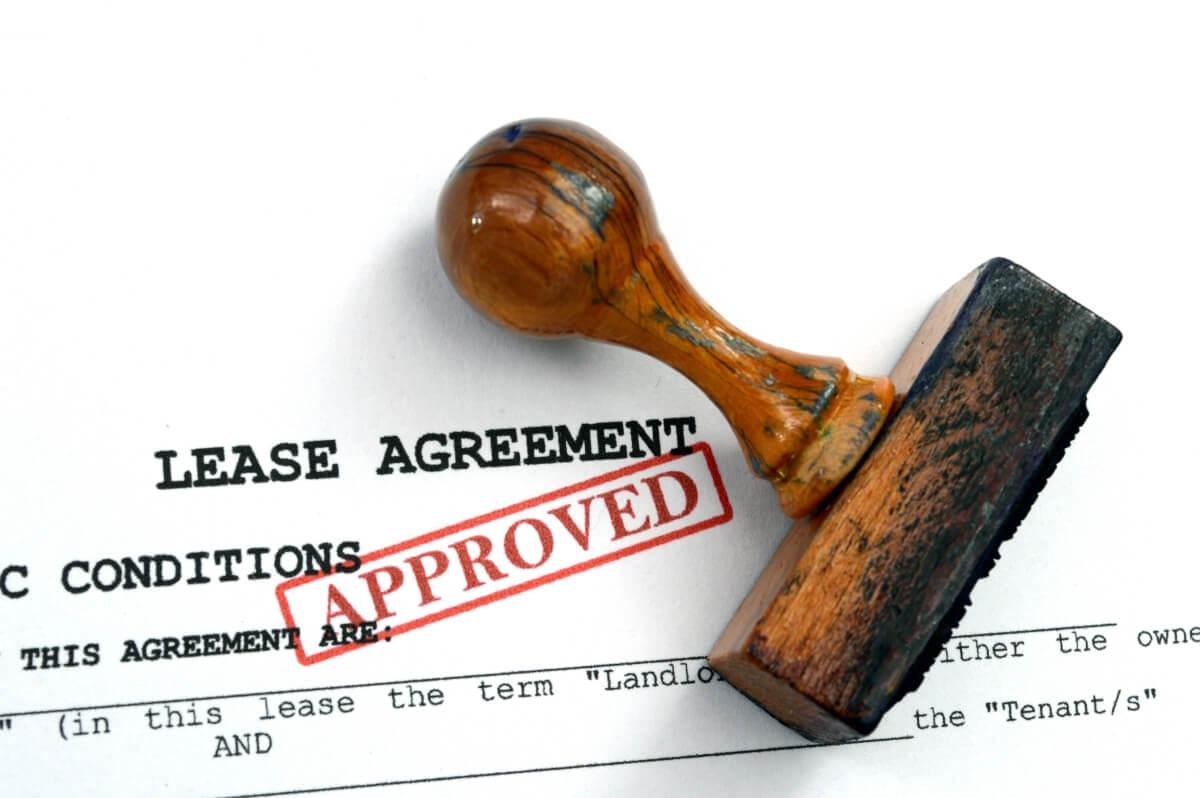
If you’re interested in switching to a month-to-month lease, it would be best to meet with your landlord about doing so. Some leases say that if you don’t take any action then you will be automatically renewed for a month-to-month lease. However, that is not always standard so checking your lease and talking to your landlord is the best course of action.
Most likely you’ll have to sign another lease that includes the new rent rate and lease term. Be sure to check what your rent will be and the notice to vacate period you must give before moving out, so you aren’t taken by surprise.
Find a Short-Term Lease on Apartments.com
Apartments.com will match you with rentals offering short-term leases with their dedicated filter. Click on “all filters” and scroll down to “additional specialties.” You can select the check box for “short term” and a new menu will appear where you can select the specific lease term you are looking for. Whether it is one to two months or five to six months, Apartments.com will show you apartments with short-term leases!
FAQs
Can I switch back to a long-term lease?
If you decide to stay in your community longer, it’d be better to switch back to a long-term lease to avoid the higher rent of short-term leases. Just discuss it with your landlord: in most cases, they’ll be delighted to have you stick around.
Do landlords prefer month-to-month leases?
There are both pros and cons for landlords when it comes to month-to-month leases. They can charge a higher rent, but since you can move out at any time with proper notice, it’s a less stable option.


